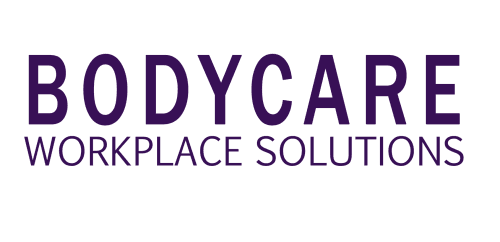Is Employee Burnout a Threat to Workplace Safety?

‘Burnout’ has become an all-too familiar term for many workers along the course of the past few years and we know it has been a hot topic lately, given just how many people attended our recent Lunch and Learn on the topic.
Once an ambiguous catch-all to describe a state of being overworked and fatigued, employee burnout has been officially determined as a diagnosable condition by the World Health Organisation.
What is ‘burnout’?
Employee burnout, which refers specifically to phenomena in the occupational context, stems from unrelenting workplace stress. When this stress is not managed successfully, it manifests as a chronic syndrome characterised by:
- Feelings of energy depletion or exhaustion
- Increased mental distance from one’s job, or feelings of negativism or cynicism related to one’s job
- Reduced professional efficacy
What causes burnout?
The presence of psychosocial hazards at work greatly increases the risk of the work-related stress that eventually may lead to employee burnout. These hazards are factors present in the design or management of work such as poor supervision support or high job demands.
Over time, psychosocial hazards combine and act together, having a cumulative impact on stress levels while simultaneously diminishing the ability to deal with the stressors effectively.
Can employee burnout affect workplace safety?
It is difficult to spot when someone is dealing with burnout, and protection from it is not as simple as slapping on a hard hat. Burnout has the potential to impact many facets of work performance and safety, often in ways that aren’t visible, sometimes going unnoticed.
A burnt-out employee may have less awareness of their surroundings, have difficulty concentrating or making decisions, and struggle to maintain workplace safety practices. This could result in the misuse of heavy machinery, delayed emergency response, poor driving, employee conflict and issues caused by poor judgement or falling behind on work-related tasks. A mental distance and disengagement from workplace responsibilities could also result in a lack of consideration for the employee’s own physical and psychological safety and wellbeing, or that of colleagues.
There is a real threat to workplace safety if employee burnout is left unchecked. If not adequately addressed, a burnt-out employee has the potential to be an unsafe worker, which could lead to preventable workplace interactions or accidents that impact other employees.
What are some tell-tale signs of employee burnout?
Negative impacts to health and safety as a result of exposure to psychosocial hazards can manifest physically, psychologically, emotionally and behaviourally when an employee is burnt-out.
More commonly, warning signs can present as:
- Fatigue
- Forgetfulness
- Exhaustion
- Mistakes
- Sickness and increased absenteeism
- Decline in job satisfaction, low morale and team unity
- Anxiety
- Depression
- Irritability
- Feelings of dread
- Sleeping problems
- Diminished performance
- Withdrawal from work
- Evidence of increased consumption of alcohol or drugs
The good news.
Burnout can be prevented.
This clear definition of the condition and acknowledgement that it poses real risks to workplace safety means that employers can build capabilities to recognise the signs of burnout and help to reduce any safety risks. Senior management should aim to identify which psychosocial hazards may be negatively affecting employee health and wellbeing, and develop an awareness of these causes.
In addition to this, they can encourage open communication around reporting of concerns or feelings of burnout and ensure managers are equipped to take appropriate action to mitigate negative impacts.
If you would like to learn more about safe proofing your workplace from Burnout, get in touch today.



